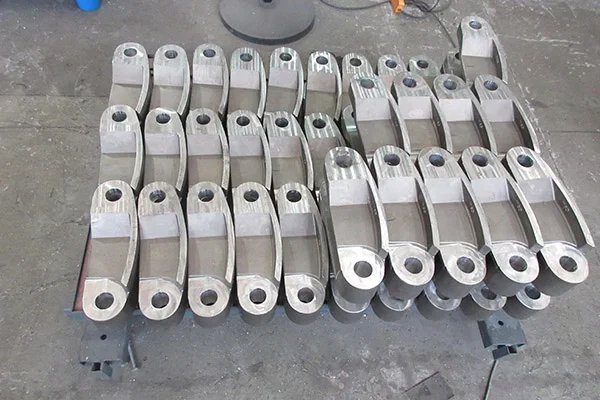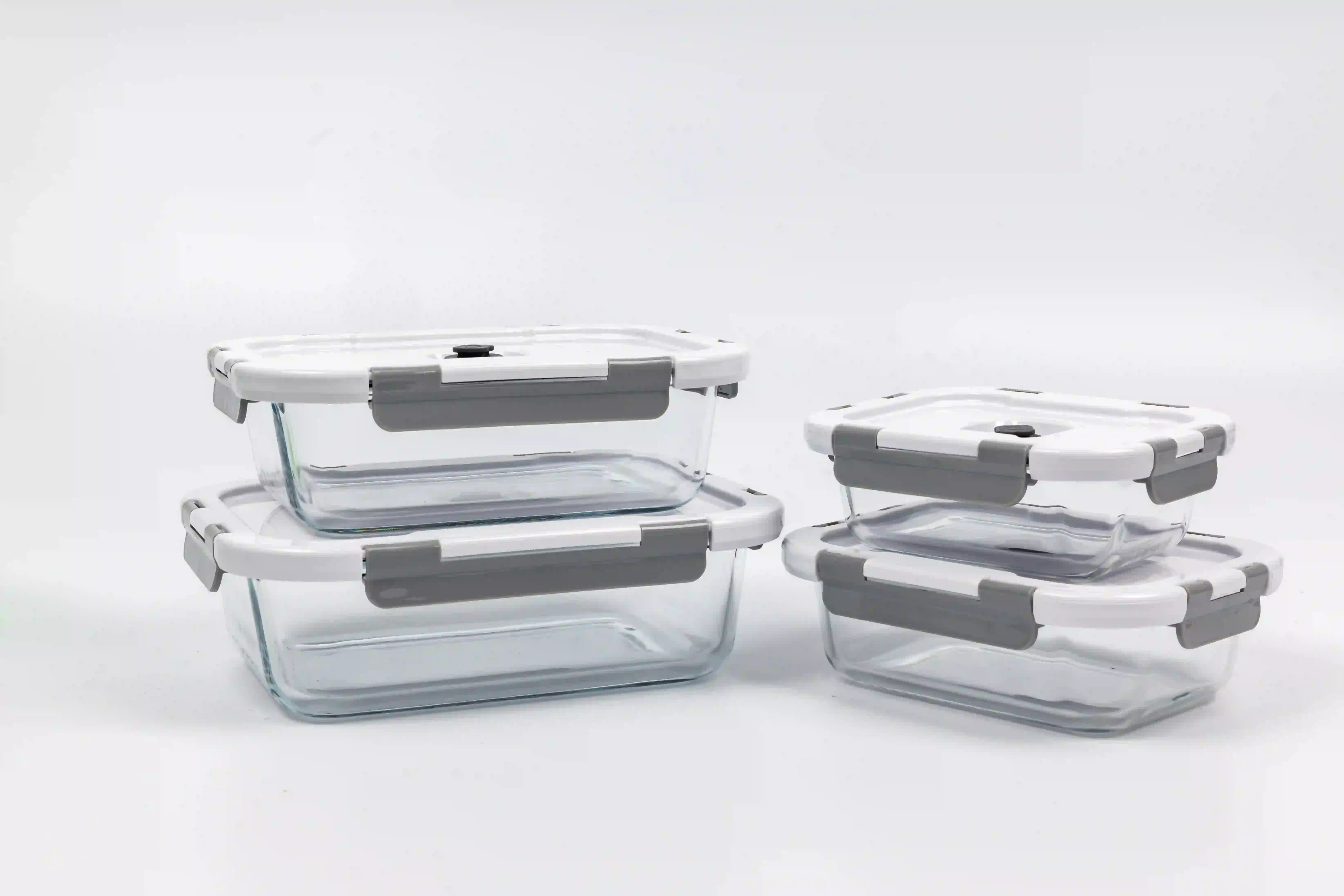In the ever-evolving landscape of printing technology, two methods stand out for their efficiency, quality, and versatility: laser printing and digital printing. While both techniques serve the fundamental purpose of transferring images and text onto various substrates, they operate on distinct principles and are suited for different applications. This article delves into the nuances of laser printing and digital printing, exploring their mechanisms, advantages, limitations, and ideal use cases.
Understanding the Basics
Laser Printing: The Mechanism Behind the Magic
Laser printing employs a laser beam to produce high-quality images and text. The process begins with a digital image being sent to the printer, where the laser scans the drum, creating a static electric charge that attracts toner particles. The toner, a fine powder made of plastic and pigment, is then transferred onto paper and fused using heat. This method is renowned for its speed and precision, making it a popular choice for high-volume printing tasks.
Digital Printing: A Modern Approach
Digital printing, on the other hand, encompasses a range of technologies that directly transfer digital images onto various media. This includes inkjet printing, where liquid ink is sprayed onto the substrate, and other methods like dye-sublimation and UV printing. Digital printing is characterized by its ability to produce high-quality prints without the need for traditional printing plates, allowing for quick turnaround times and customization.
Key Differences Between Laser Printing and Digital Printing
- Print Quality and Detail Laser printers are known for their sharp text and fine lines, making them ideal for documents that require precision, such as legal papers and business reports. The toner used in laser printing can produce vibrant colors and smooth gradients, although it may not match the color depth of high-end inkjet printers for photographic images. Digital printing, particularly inkjet technology, excels in producing high-quality images with rich colors and intricate details. This makes it the preferred choice for printing photographs, art reproductions, and marketing materials where visual impact is paramount.
- Speed and Efficiency When it comes to speed, laser printers have the upper hand, especially in high-volume environments. They can print multiple pages per minute, making them suitable for offices that require quick document production. Digital printing, while generally slower than laser printing, offers the advantage of on-demand printing. This means that businesses can print smaller quantities without incurring the costs associated with setup and production runs typical of traditional printing methods.
- Cost Considerations The cost structure of laser and digital printing varies significantly. Laser printers typically have a higher upfront cost but lower cost per page, making them economical for large print jobs. However, the initial investment in toner cartridges can be substantial. Digital printing, conversely, is more cost-effective for short runs and customized prints. The absence of setup costs allows businesses to print smaller quantities without financial strain, making it ideal for personalized marketing materials and small-scale projects.
- Material Compatibility Laser printers are limited in the types of media they can handle. They work best with standard paper and certain specialty papers but may struggle with thicker or textured materials. The heat used in the fusing process can also warp sensitive substrates. Digital printing offers greater versatility in terms of media compatibility. It can print on a wide range of materials, including canvas, vinyl, and even textiles, making it suitable for various applications, from signage to apparel.
- Environmental Impact Both printing methods have environmental considerations. Laser printing can produce ozone and requires energy-intensive processes, while digital printing often uses water-based inks that are less harmful. However, the environmental impact largely depends on the specific technologies and materials used.
Conclusion: Choosing the Right Printing Method
In summary, the choice between laser printing and digital printing hinges on the specific needs of the project at hand. For businesses focused on high-volume document production with a need for speed and efficiency, laser printing is often the best option. Conversely, for projects requiring high-quality images, customization, and versatility in media, digital printing stands out as the superior choice.



